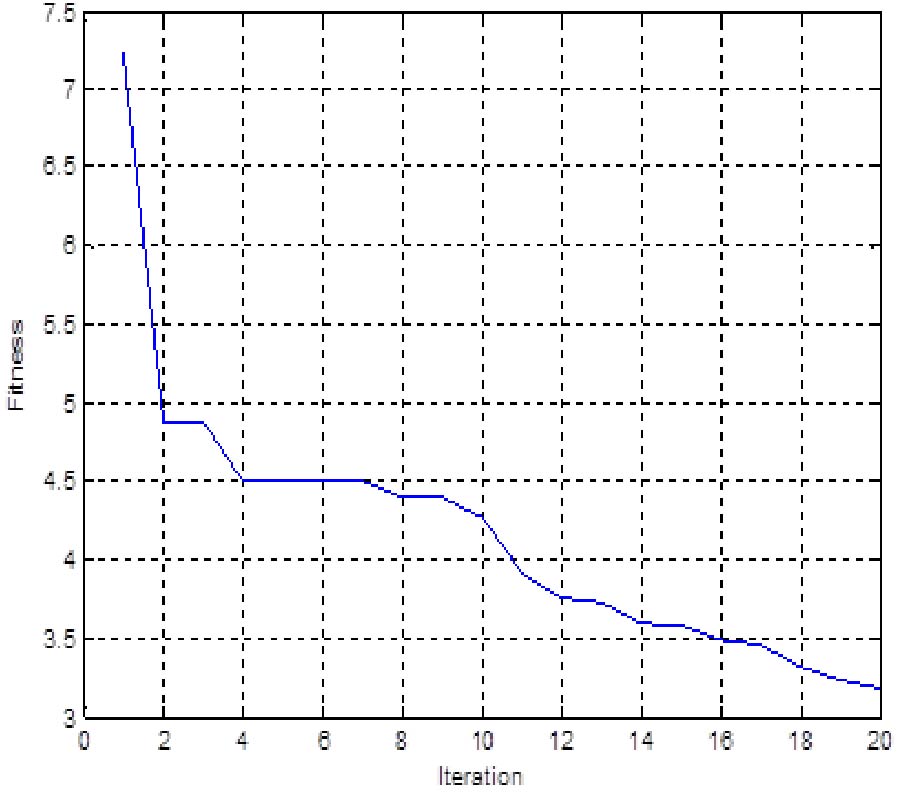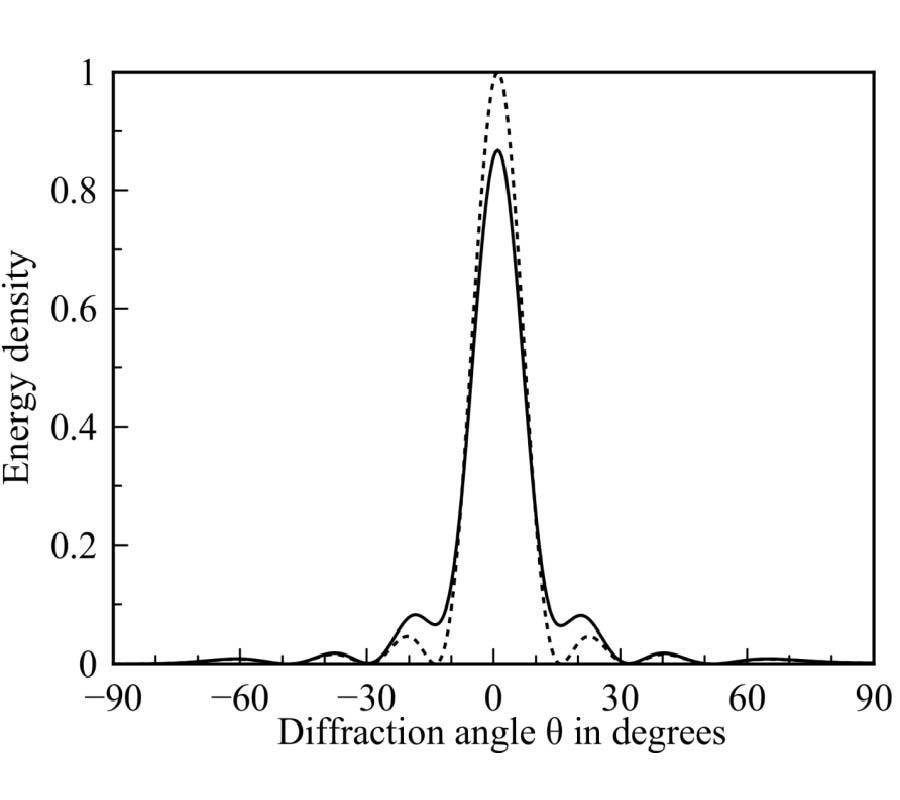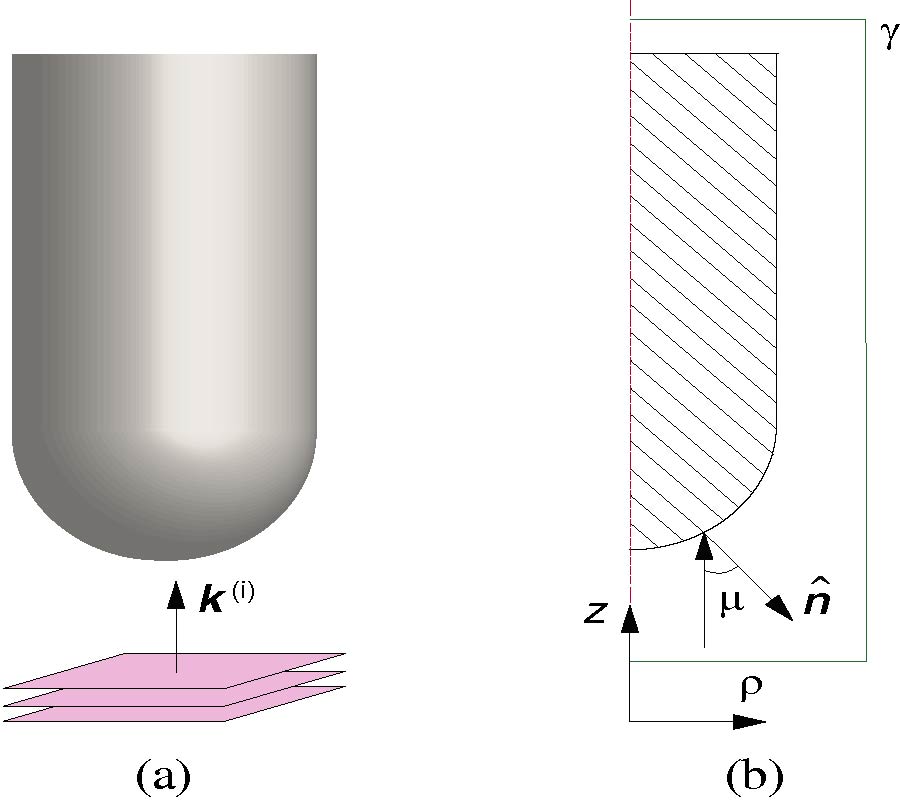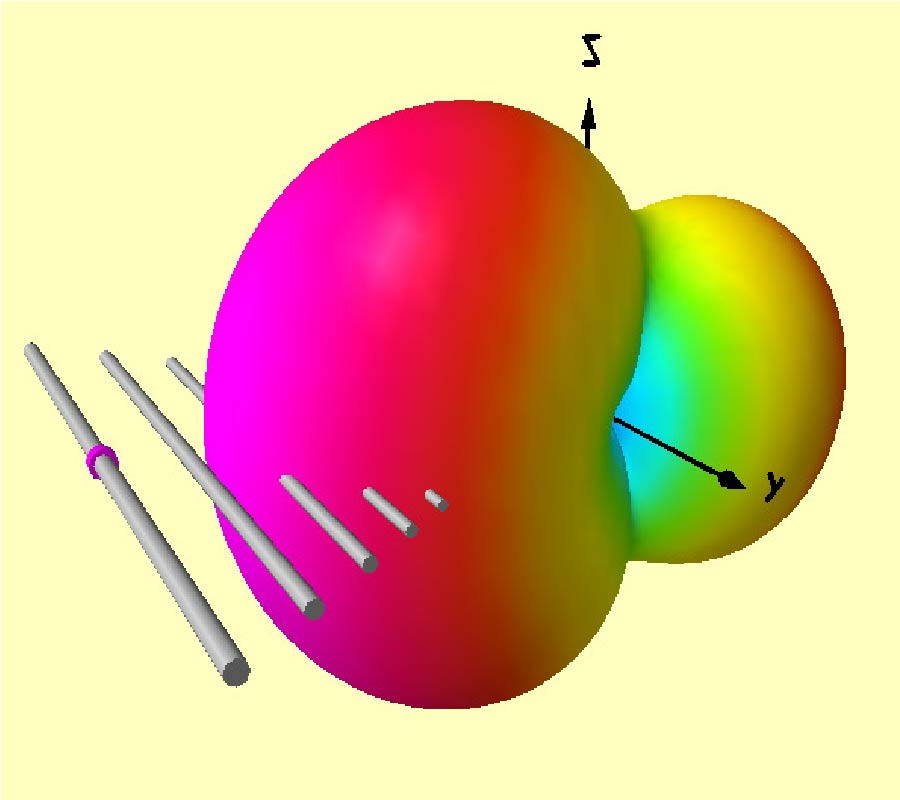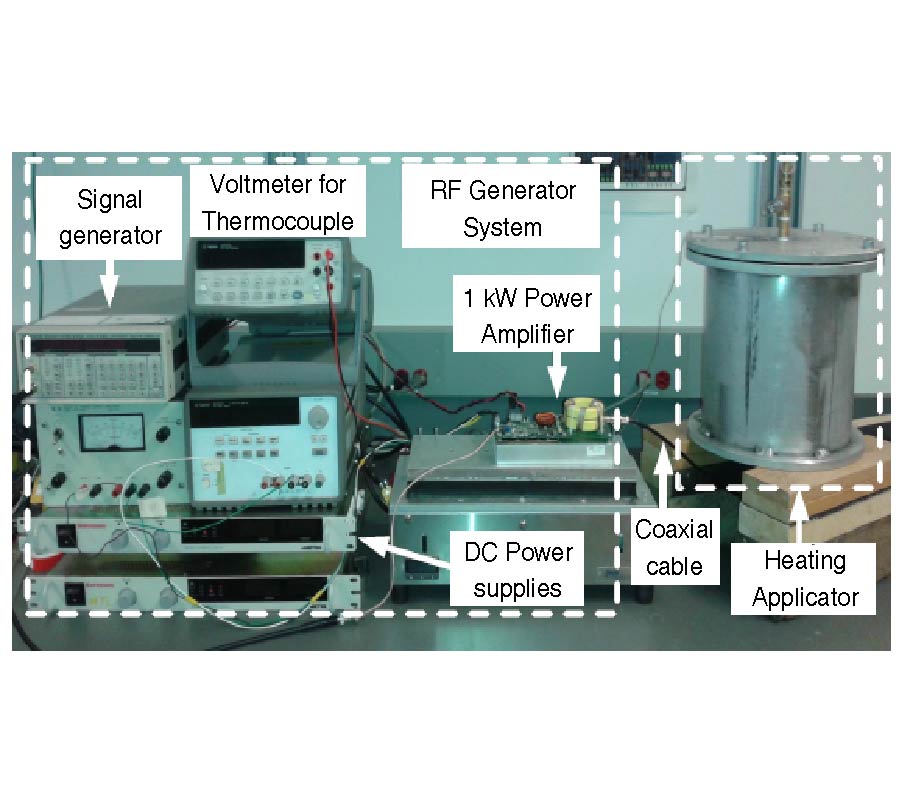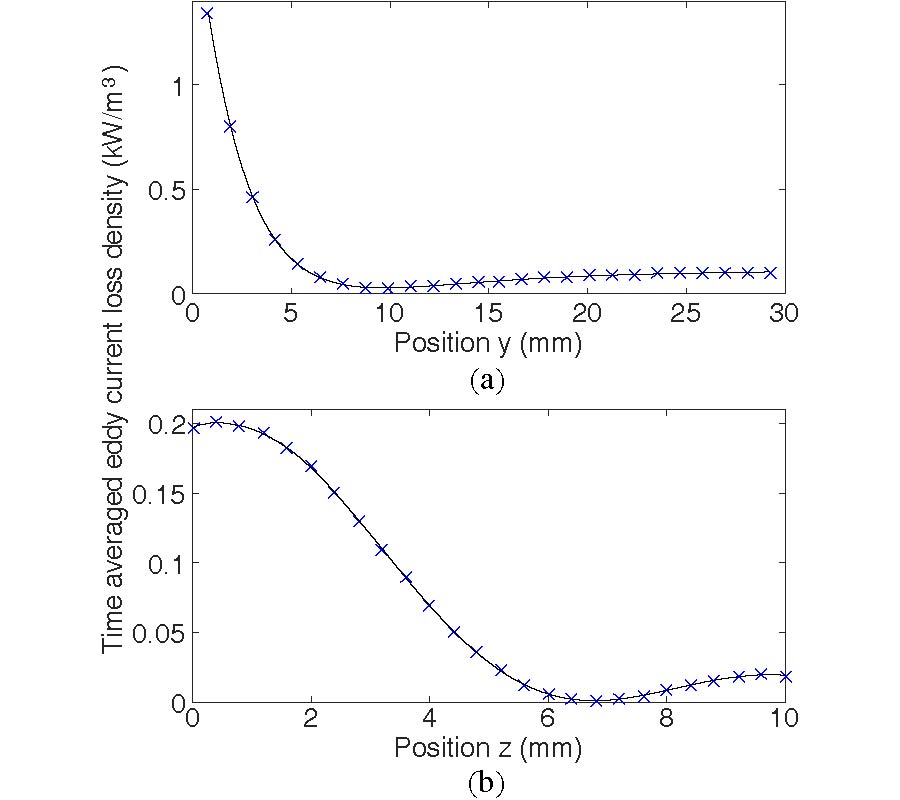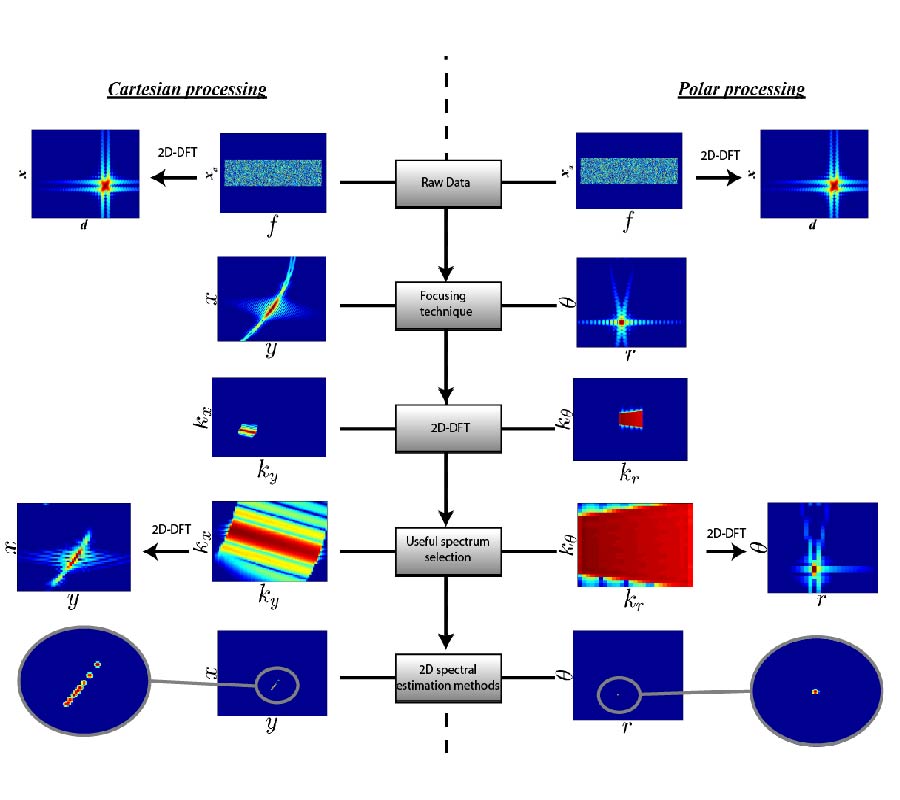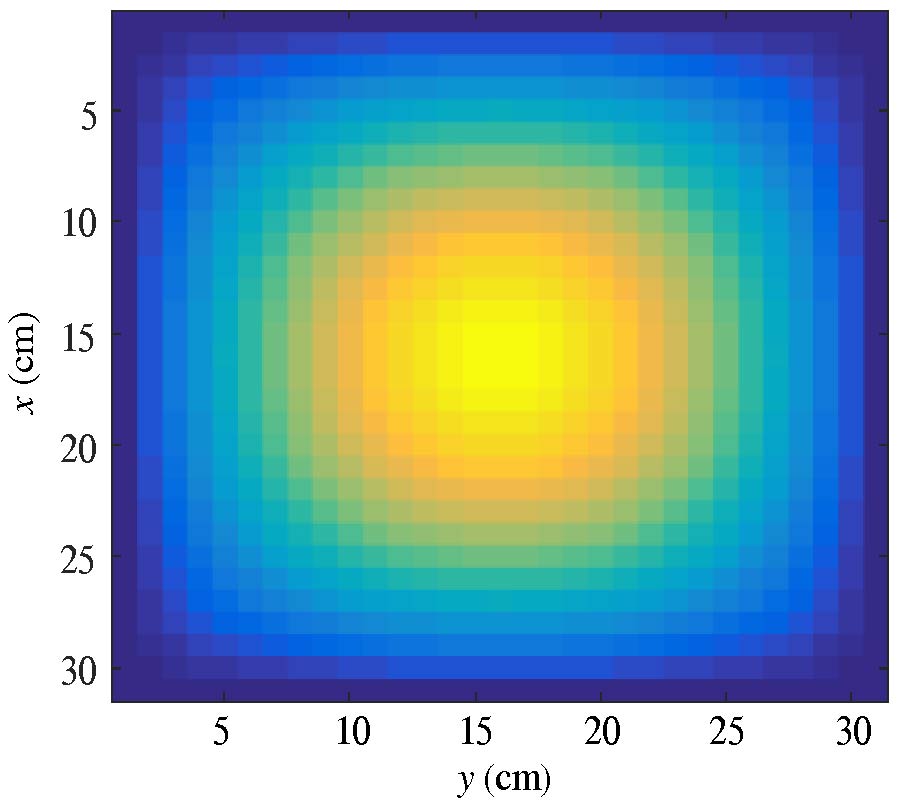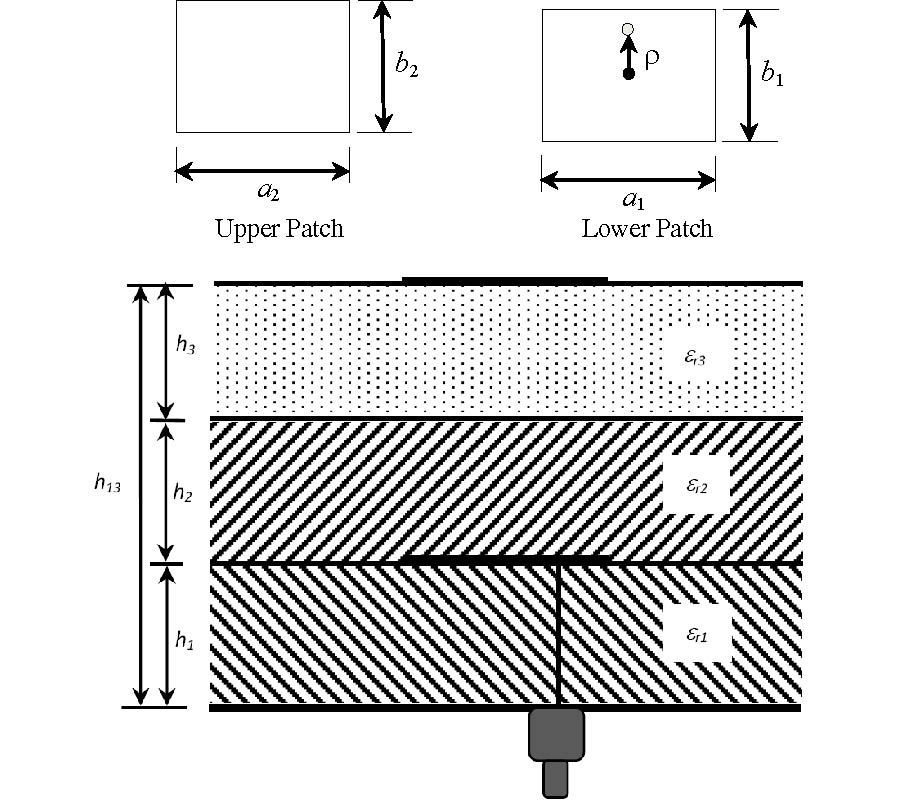High Resolution Radar Focusing Using Spectral Estimation Methods in Wide-Band and Near-Field Configurations: Application to Millimeter-Wave Near-Range Imaging
Antoine Jouade,
Laurent Ferro-Famil,
Stéphane Méric,
Olivier Lafond and
Laurent Le Coq
The spatial resolution of an imaging system is a key factor, which steers its performance for complex target detection, characterization and recognition. Active electromagnetic imaging systems with limited frequency bandwidth and synthetic aperture may fail to discriminate important details during the imaging process, due to their insufficient resolution properties. Spectral estimation methods may be used to overcome such limitations through dedicated signal processing techniques. This study proposes a new signal processing chain, which is able to cope with near-field and wide-band configurations, to significantly improve 2-D resolution, using classical spectral estimation methods. This work is based on an efficient handling and compensation of critical signal properties, such as near-field and wide bandwidths, which make the proposed technique able to deal with very general imaging configurations, such as near/far-ranges, narrow/wide-beamwidths and -bandwidths, very short aperture... Experimental results obtained at millimeter-wave are shown to demonstrate the performance and versatility of the proposed approach.
